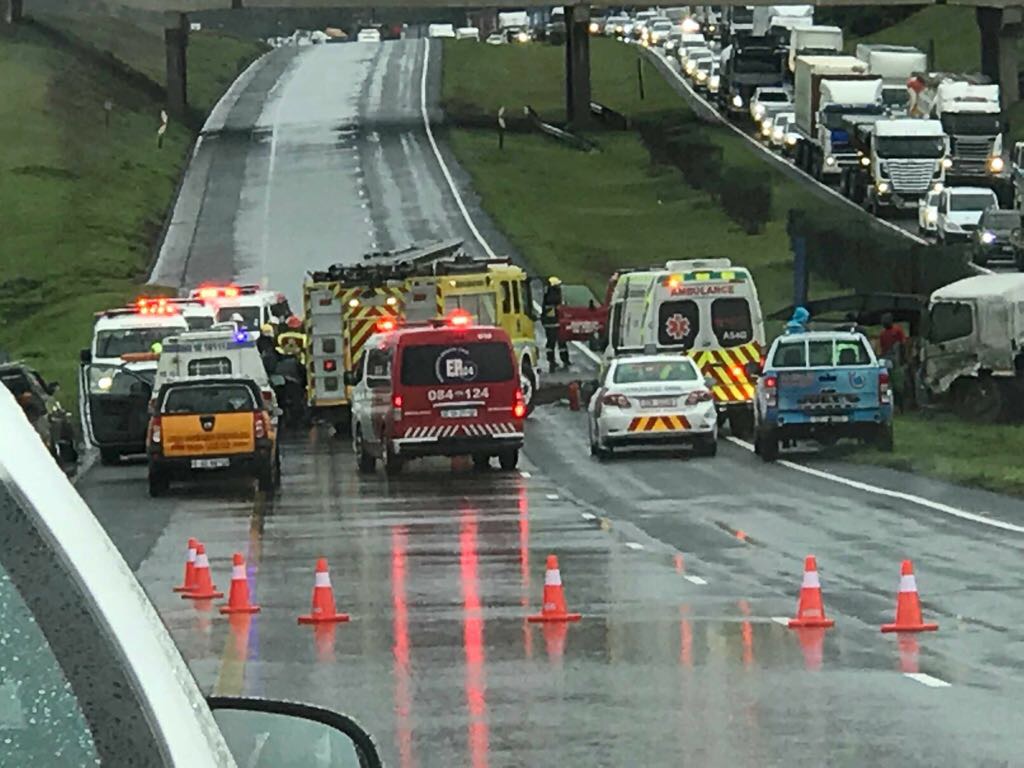26th October 2020 – The RAF only pays out for general damages for pain and suffering if you have a serious injury, so if you want to claim general damages after being seriously injured in a road accident, you need to know what is required to prove serious injury to the Road Accident Fund (RAF).
This is according to Kirstie Haslam, partner at DSC Attorneys, who says that for the most serious of injuries (which would of course be easier to prove as it is often self-evident, e.g massive brain damage or quadriplegia), the general damages awards can be in excess of R2m. Here she looks at how to prove your serious injury qualifies for general damages.
How serious injuries are assessed
She points out that serious injury assessments need to be performed by a registered medical practitioner in accordance with the procedure prescribed in the RAF regulations.
These regulations follow the guidelines found in the American Medical Association’s Guides to the Evaluation of Permanent Impairment (Sixth Edition).
“These guidelines specify the criteria for evaluating the victim’s whole person impairment (WPI) level and whether it qualifies as serious,” she says.
Criteria for serious injury
If a person’s impairment is rated at 30% or more Whole Person Impairment (WPI) as the result of a road accident, Haslam says that the person qualifies as being seriously injured and can claim for general damages.
Should your injuries not meet this threshold, they can nevertheless be considered to be serious in terms of the so-called Narrative Test, if they satisfy one or more of the following criteria: long-term impairment of a bodily function; loss of a body function; permanent, severe disfigurement; serious long-term mental or behavioral disturbances or disorders; or the loss of an unborn child.
Information needed to assess a serious injury
As part of a general damages claim, a medical professional must submit a Serious Injury Assessment Report. Without it, Haslam says that the claim won’t be approved.
She says that the report includes the following details: details of the patient and medical practitioner; any non-serious injuries; serious injuries according to the American Medical Association guidelines; how the injuries occurred (the nature of the road accident); how the injuries were treated; final diagnosis and current symptoms; medical history of the patient; social and personal history of the patient; and educational and occupational history of the patient.
Educational, occupational and personal history must be included to assess how the injury has affected the victim’s life, ability to work and earn an income. It also assesses how any dependants may have been affected.
“The medical professional will have to confirm that the patient has reached his or her maximum medical improvement (MMI) or maximum medical recovery (MMR),” she adds. “This means the patient isn’t going to get any better with continued medical treatment and the injury is lifelong.”
What constitutes a non-serious injury?
For non-serious injuries, claims can be made for medical expenses but not for general damages (pain and suffering). Haslam explains that the list of non-serious injuries as stipulated by the Road Accident Fund Act and the Department of Transport include:
- whiplash
- strains, tears, crushes or other damage to soft tissue
- short-term sprains, strains, tears or other damage to ligaments that don’t result in long-term joint instability
- lacerations, abrasions, cuts, tears or damage to skin that doesn’t result in serious disfigurement
- partial or complete amputation of the little finger (‘pinky’) of either or both hands
- partial or complete amputation of a single toe on either or both feet (big toe excluded)
- damage or loss of teeth
- superficial burns
- fracture of nasal bone or damage to the nasal cartilage
- scars caused by any of the above (except for serious disfigurement)
- mild or moderate depression, anxiety, chronic headaches or post-traumatic stress disorder.
Use a lawyer for Road Accident Fund Claims
Pursuing a RAF claim is a lengthy, complex process and Haslam says that it takes experience to know what’s needed to prove serious injury to the RAF and how to claim – and win – adequate compensation for your pain and suffering. “For several reasons, it’s not a good idea to submit a RAF claim without a lawyer who will be able to help you get the compensation you deserve, in as short a period as possible,” she concludes.
